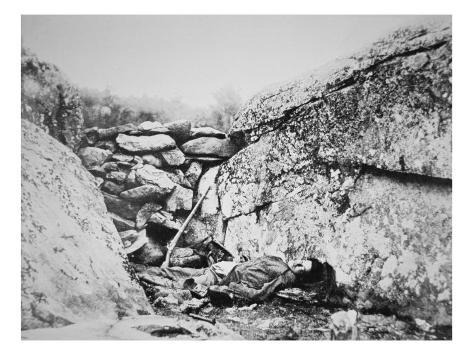

In practice a skirmish line typically deployed by a regiment was composed of two companies in groups of four comrades in battle, five paces apart with the groups separated by no more than forty. In general, the cavalry was responsible for the distant security of the army, with the light infantry doing the close-in work. In the wars of the 19th century pickets and skirmishers had a similar duty – to warn the army of the approach of an enemy and to keep them from observing and interfering with its operations at rest, on the march, or in a battle. You know it consists of a string of ‘posts,’ each of half a dozen men, or so, and, in front of these, a chain of sentries who are constantly on the alert.

A picket line is always one of the most picturesque sights in an army, when it runs through woods and fields. He concluded that a full-out attack would be foolhardy but decided to keep fighting until the arrival of darkness that would provide cover for a retreat.The security of an army depended on its pickets – the sentinels who provided early warning of infiltration or enemy attack. Through his field glasses he could see the Union reinforcements that continued to arrive. Indeed, when Early awoke the next morning, he was crestfallen. Lincoln returned to the White House, “in very good feather” Hay reported, displaying little concern about the capital’s safety. Thanks to years of work, Washington, D.C., had become one of the most-fortified cities in the world, and the defenses held strong after the first day of battle. One of those shots rang out and came close to striking the president, who was standing on the parapet surveying the enemy in the line of fire.Īs John Hay, Lincoln’s private secretary, noted in his diary that night, ”A soldier roughly ordered him to get down or he would have his head knocked off.” While James Madison was in the vicinity of a battle when the British arrived in the city a half-century before, Lincoln might have been the only sitting American president to come under enemy fire while in office. All that remained was a ragtag bunch of 9,000 troops, mostly ill-trained soldiers recruited to serve no more than 100 days.ĭiscouraged by the elaborate defenses that had been erected and concerned about his tired soldiers wilting in the blistering heat, Early had held back on a major assault, but Confederate snipers trained to hit targets from distances of 800 yards or more were firing shots from perches in trees, cornfields and houses. Grant had moved the majority of the 23,000 soldiers assigned to defend Washington, D.C., to join in the siege of Richmond. The Union Army had been so focused on tightening its noose on the Confederate capital of Richmond, that it had left its own seat of government vulnerable. Not even during the first days of the Civil War when Confederate bonfires could be seen burning across the Potomac River in Virginia had the national capital been in such peril. Within sight of the unfinished Capitol dome, clouds of dust rose from the orchards and pastures on the district’s northern outskirts as Confederate forces crossed the Maryland border and marched down the Seventh Street Pike. Fifty years after the British had torched the city, a foreign army had once again penetrated the United States capital. Fear as thick as the summer haze enveloped sultry Washington, D.C., on the morning of July 11, 1864.


 0 kommentar(er)
0 kommentar(er)
